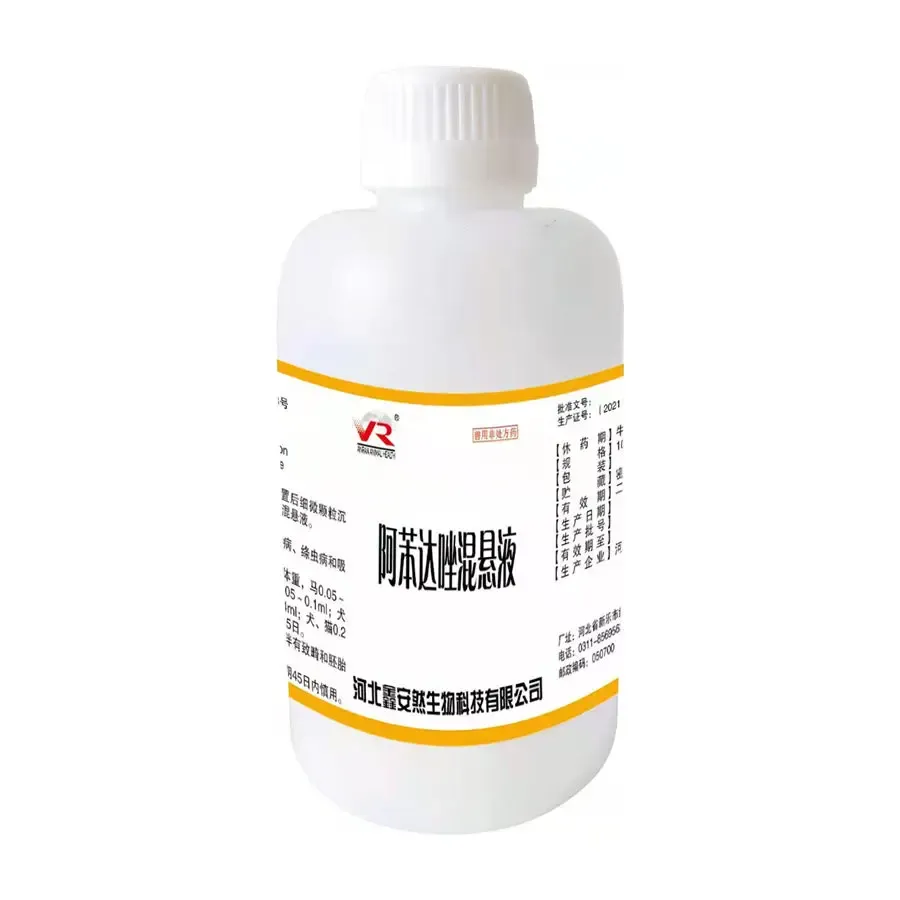- Afrikaans
- Albanian
- Amharic
- Arabic
- Armenian
- Azerbaijani
- Basque
- Belarusian
- Bengali
- Bosnian
- Bulgarian
- Catalan
- Cebuano
- Corsican
- Croatian
- Czech
- Danish
- Dutch
- English
- Esperanto
- Estonian
- Finnish
- French
- Frisian
- Galician
- Georgian
- German
- Greek
- Gujarati
- Haitian Creole
- hausa
- hawaiian
- Hebrew
- Hindi
- Miao
- Hungarian
- Icelandic
- igbo
- Indonesian
- irish
- Italian
- Japanese
- Javanese
- Kannada
- kazakh
- Khmer
- Rwandese
- Korean
- Kurdish
- Kyrgyz
- Lao
- Latin
- Latvian
- Lithuanian
- Luxembourgish
- Macedonian
- Malgashi
- Malay
- Malayalam
- Maltese
- Maori
- Marathi
- Mongolian
- Myanmar
- Nepali
- Norwegian
- Norwegian
- Occitan
- Pashto
- Persian
- Polish
- Portuguese
- Punjabi
- Romanian
- Russian
- Samoan
- Scottish Gaelic
- Serbian
- Sesotho
- Shona
- Sindhi
- Sinhala
- Slovak
- Slovenian
- Somali
- Spanish
- Sundanese
- Swahili
- Swedish
- Tagalog
- Tajik
- Tamil
- Tatar
- Telugu
- Thai
- Turkish
- Turkmen
- Ukrainian
- Urdu
- Uighur
- Uzbek
- Vietnamese
- Welsh
- Bantu
- Yiddish
- Yoruba
- Zulu
8 月 . 12, 2024 08:46 Back to list
Exploring Different Categories of Disinfectants Used in Veterinary Practices for Effective Infection Control
Disinfectant Groups in Veterinary Medicine
Disinfection is a critical component of veterinary medicine, ensuring the health and safety of both animals and humans. The proper use of disinfectants helps in minimizing the risk of disease transmission, maintaining a hygienic environment in veterinary clinics, animal hospitals, and farms. This article explores the various groups of disinfectants used in veterinary settings and their unique properties.
1. Quaternary Ammonium Compounds (Quats)
Quaternary ammonium compounds, commonly referred to as quats, are widely used disinfectants in veterinary practices. They are effective against a broad spectrum of bacteria, fungi, and some viruses. Quats are favored for their low toxicity and pleasant odor, making them suitable for use in areas frequented by animals and humans. They are often employed for disinfecting surfaces, equipment, and instruments due to their ease of use and compatibility with various materials. However, quats may be inactivated by organic matter, so thorough cleaning before application is essential.
Phenolic disinfectants are powerful agents known for their activity against a wide range of pathogens, including bacteria and viruses. They can be used on surfaces and equipment in veterinary practices, particularly in areas where there is a high likelihood of contamination. One of the significant advantages of phenolic compounds is their residual activity, which helps to prevent recontamination. However, they may be toxic to animals and humans if not used properly, necessitating careful handling and application.
3. Chlorine Compounds
disinfectant groups veterinary

Chlorine-based disinfectants, such as sodium hypochlorite (bleach), are widely recognized for their potent antimicrobial properties. These disinfectants are effective against bacteria, viruses, and fungi. Chlorine compounds are commonly used in hospitals and clinics for disinfection of surfaces and instruments. While they are highly effective, they can corrode surfaces and may be harmful to animals if not diluted properly. It is critical to follow recommended concentrations to avoid adverse effects.
4. Hydrogen Peroxide
Hydrogen peroxide is an increasingly popular disinfectant in veterinary medicine due to its environmentally friendly profile and effectiveness against a wide range of pathogens. It works through the production of reactive oxygen species that destroy cellular components of microorganisms. Hydrogen peroxide is particularly valuable for its sporicidal properties, making it suitable for areas requiring comprehensive disinfection. Additionally, it decomposes into water and oxygen, leaving no toxic residues. However, due to its strong oxidizing property, it must be used carefully to avoid damaging sensitive materials.
5. Aldehydes
Aldehyde-based disinfectants, such as formaldehyde and glutaraldehyde, are known for their broad-spectrum efficacy. These compounds are particularly effective against bacteria, viruses, fungi, and spores, making them suitable for high-level disinfection of surgical instruments and veterinary equipment. However, their use requires caution due to potential toxicity and irritant properties. Adequate ventilation and protective equipment are necessary when handling these substances.
Conclusion
The importance of disinfectants in veterinary medicine cannot be overstated. Each group of disinfectants serves specific purposes and is effective against particular pathogens. Understanding the properties and appropriate applications of these disinfectants is essential for veterinary professionals to ensure a safe and hygienic environment. By implementing the correct disinfection protocols, veterinarians can significantly reduce the risk of disease transmission, protect animal health, and enhance biosecurity measures in veterinary practices.
-
The Power of Radix Isatidis Extract for Your Health and Wellness
NewsOct.29,2024
-
Neomycin Sulfate Soluble Powder: A Versatile Solution for Pet Health
NewsOct.29,2024
-
Lincomycin Hydrochloride Soluble Powder – The Essential Solution
NewsOct.29,2024
-
Garamycin Gentamicin Sulfate for Effective Infection Control
NewsOct.29,2024
-
Doxycycline Hyclate Soluble Powder: Your Antibiotic Needs
NewsOct.29,2024
-
Tilmicosin Premix: The Ultimate Solution for Poultry Health
NewsOct.29,2024













